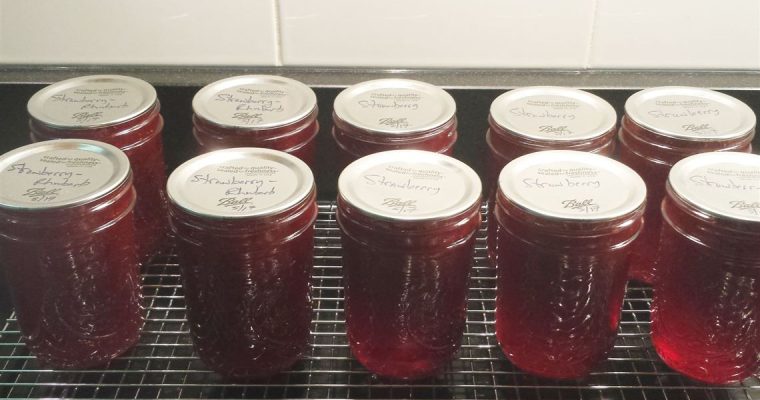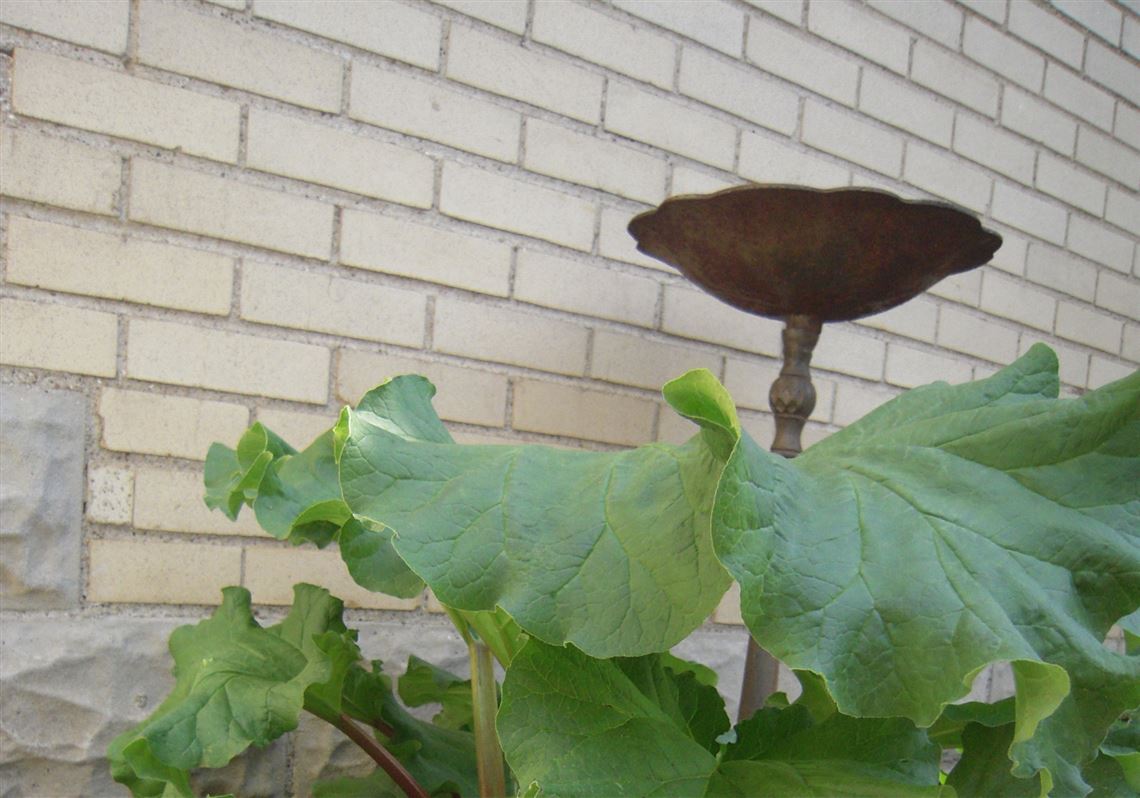Scented geraniums, actually pelargoniums, are in the same genus as the colorful geraniums grown as annuals in beds and containers. However, these geraniums are primarily grown for their fragrant leaves.
These tender perennials originally from South Africa can bring the scent of rose, citrus, fruit, nut, mint and other fragrances to your home and garden. Site them where their delightful scents can drift into walkways, porches and patios. When used in containers with other flowering plants, the leaves add texture as well as fragrance. The edible flowers and leaves, particularly from the rose and citrus varieties, can be used to flavor baked goods, beverages, oils and vinegars.
Continue reading The sweet smell of geraniums

